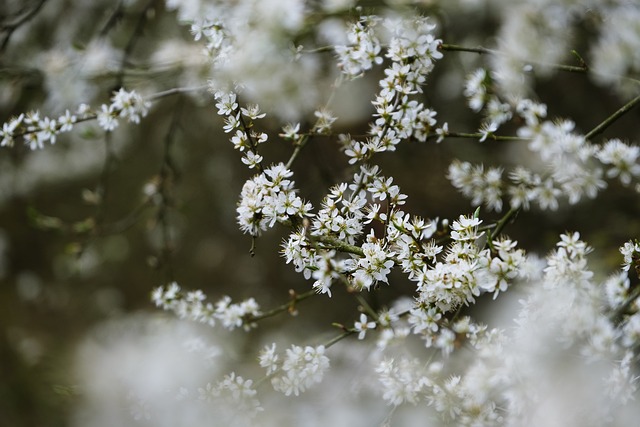The vibrant hues of blue and green that once painted our oceans and lakes are being replaced by murky waters laden with toxic algal blooms. These blooms, a consequence of nutrient pollution exacerbated by climate change, are a stark reflection of our deteriorating environmental conditions. As temperatures rise and weather patterns shift, the delicate balance of aquatic ecosystems is being disrupted, leading to an increase in these harmful algal blooms, or HABs.
Across the globe, we are witnessing the devastating effects of climate change. Industrial runoff, overflowing sewage systems, and agricultural fertilizers contribute to the nutrient overload that fuels algal blooms, turning thriving water bodies into lifeless wastelands. These blooms not only deplete oxygen levels, leading to dead zones where aquatic life can’t survive, but they also produce toxins that can harm wildlife and pose serious health risks to humans.
The proliferation of algal blooms serves as a reminder of our planet’s fragility. The once clear lakes and coastlines that hosted diverse species and supported fishing communities are now plagued by these green invaders. Families who relied on fishing for their livelihoods are facing economic hardship as these blooms render their catches unsafe and unsellable. Recreational activities like swimming and boating are being curtailed, stripping communities of their cherished traditions and outdoor pastimes.
As we grapple with the reality of climate change, it is vital to understand the broader implications of algal blooms. They are not just an environmental issue; they represent a call to action. The increasing frequency and severity of these blooms are an urgent reminder of the interconnectedness of climate conditions and ecosystem health. Communities affected by algal blooms are forced to confront an uncomfortable truth: our actions have dire consequences for our natural world.
Addressing the algal bloom crisis requires immediate and collective action. Reducing nutrient pollution through sustainable agricultural practices, improving wastewater treatment, and investing in research and monitoring programs are crucial steps we must take. We must advocate for policies that protect our waterways and preserve the ecosystems that are vital to our survival.
The stark reality of algal blooms in the context of climate change should resonate with each of us. It serves as a wake-up call, urging us to change our habits and take responsibility for our planet. The future of our environment and the health of our communities depend on the choices we make today. As stewards of the Earth, we must rise to the challenge and work towards a sustainable future for generations to come.



